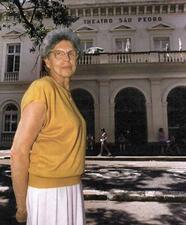Performing Arts
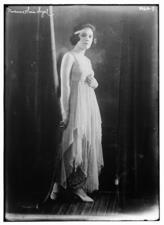
Vivienne Segal
A talented singer/actor and superb comedian, Vivienne Segal enjoyed a lengthy career. She was best known for her role as Vera Simpson, the older woman in love with the “heel,” Joey (played by Gene Kelly), in the 1940 Rodgers and Hart musical Pal Joey.
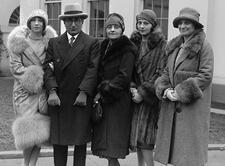
Irene Mayer Selznick
Irene Mayer Selznick was a producer and philanthropist in Hollywood and New York. She wrote in her memoir, A Private View (1983), that Act I was spent under the shadow of her father, the film executive Louis B. Mayer; Act II was marriage to David O. Selznick, producer of Gone With the Wind; and Act III consisted of her career as a Broadway producer. She is known for producing Tennessee Williams’s A Streetcar Named Desire (1947).
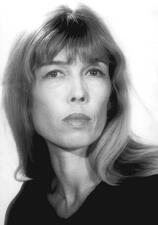
Mirali Sharon
Mirali Sharon was one of Israel’s most important choreographers in the 1970s and 1980s. Her work is characterized by organic integration of music, costume, and décor, with the dance being the outcome of the composer-designer-scenarist-choreographer composite as one fertile, creative team.
She'erit ha-Peletah: Women in DP Camps in Germany
Family played an important role in the lives of Holocaust survivors in DP (displaced persons) camps – in 1947, the birth rate in DP camps was one of the highest in the world. Women served as teachers and eager students, and they were active in the effort to open immigration to Palestine.
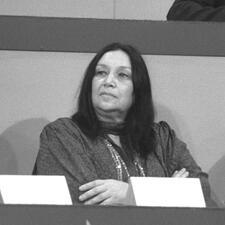
Naomi Shemer
Naomi Shemer was a prolific singer and composer who built a unified Israeli cultural consciousness through her beautiful melodies. From the 1950s to the 1990s, Shemer wrote music that was performed throughout the country, including “Jerusalem of Gold” and “Lu Yehi.” In 1983, she was awarded the Israel Prize, and she continued to write new music until her death in 2004.
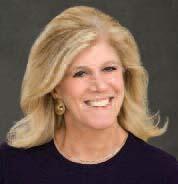
Lynn Sherr
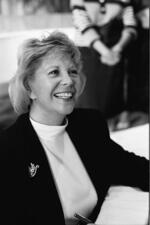
Dinah Shore
Dinah Shore, the quintessential American girl, was both America’s sweetheart in the 1940s and 1950s and a leading example of an independent woman in the 1970s. Her career as a singer and actress spanned over forty years and included stints on the radio and in the movies. Shore won nine Emmys, a Peabody, and a Golden Globe.
Viola Brothers Shore
Viola Brothers Shore was an accomplished writer, poet, and screenwriter during the 1920s and 1930s. In addition to writing for numerous publications, she wrote silent movie titles and original stories for many films and won awards for her may mystery stories.

Ana María Shua
Ana María Shua is an Argentine writer and screen writer who is internationally known as a specialist in short stories, in particular micro fiction tales, which are stories of just two or three lines of extension. She is well known in the Hispanic world as the Queen of the Microstory and employs her writing to narrate various aspects of the Jewish experience.
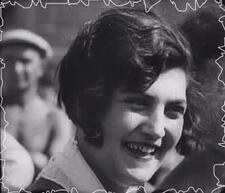
Esfir Il’inishna Shub
Esfir Shub was active as an editor, director, and writer of nonfiction films for twenty years, from 1927 to 1947—one of the few women in the Soviet Union at that time to achieve some standing in the film industry. Shub found success as a woman in the film industry by pioneering the form of compilation documentary and by producing technically competent work that satisfied the political needs of the communist moment.
Sylvia Sidney
Feisty and opinionated, Sylvia Sidney was quite the opposite of the waiflike victim of social oppression she played in Hollywood’s Depression Era films. While she disliked playing the victim, her vulnerability and working-class persona resonated with audiences. She earned an Oscar nomination for her performance in Summer Wishes, Winter Dreams, took on a comic role as the caseworker in Beetlejuice, and played a sympathetic grandmother in one of the first TV movies about AIDS, An Early Frost.
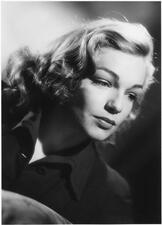
Simone Signoret
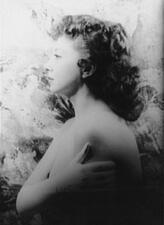
Beverly Sills
Beverly Sills was a trailblazing opera singer who, after a robust singing career at the New York City Opera Company (NYCO) and the Metropolitan Opera House, became the first female director of the NYCO, and the first female chair of the Lincoln Center board. Sills defied the odds in her career accomplishments while raising two children with disabilities and being actively involved with several charitable organizations.
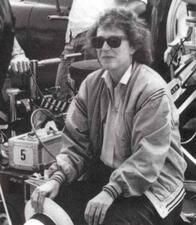
Joan Micklin Silver
Award-winning director and screenwriter Joan Micklin Silver, born in 1935 in Omaha, Nebraska, wrote and directed the 1975 barrier-breaking independent film Hester Street, which sparked an interest in the lives of immigrant Jews. She also directed Crossing Delancey (1988), five other feature films, and several films for television.

Sarah Silverman
Sarah Silverman is an American stand-up comedian, writer, and actor known for her sharp, detached stage persona and boundary-pushing material that often deals with themes of Jewish identity.
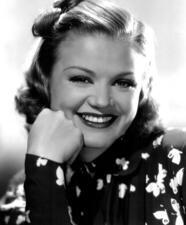
Simone Simon
Simone Simon was a prolific international film star, known for her iconic appearance and voice. Simon spent her childhood in Marseilles and Madagascar and attended schools in Berlin, Budapest, and Turin before making her film debut in 1931. She became popular in France and Hollywood for her mysterious, vulnerable, and seductive acting style, and made over thirty-eight feature films in her career.
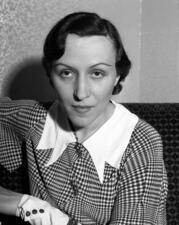
Berta Singerman
Berta Singerman (1901-1998) was an Argentine actress and reciter of poetry, famous throughout the Ibero-American cultural world. Born in Russia to a family of traditional singers (chazanim), she immigrated to Buenos Aires, Argentina, when she was four years old.

Jenny Slate
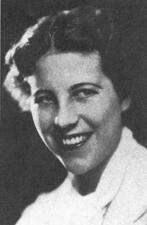
Tess Slesinger
Novelist and Hollywood screenwriter Tess Slesinger was born in New York on July 16, 1905. She published several works, including: The Unpossessedand Time: The Present. Slesinger died of cancer at age thirty-nine before the premiere of one of her final works, the acclaimed A Tree Grows in Brooklyn.
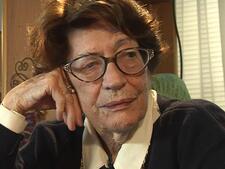
Michal Smoira-Cohn
Stacey Snider
At the age of 26, film executive Stacey Snider was already a director of development at Guber-Peters Co. at Warner Brothers. In 1992, Snider became the highest-ranking female executive at a Hollywood studio when she was named President of Production at Tri Star; later, as the CEO of Universal Pictures, Snider led the company as it achieved unprecedented success in the industry.

Anna Sokolow
Anna Sokolow (1910-2000), an American dancer and choreographer of Russian-Jewish descent, danced with the early Martha Graham Company and created many international dance-theater works of social and political significance.
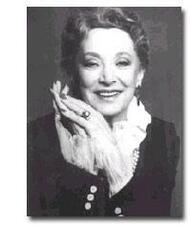
Estelle Joan Sommers
Estelle Joan Sommers was a designer, entrepreneur, and executive who made her career in retail dancewear, introducing innovative designs for Capezio’s dance and exercise clothing.

Susan Sontag
Susan Sontag was one of the most prominent American writers of the twentieth century. Her work across cultural criticism, fiction, drama, and film, as well as her public persona, made her an icon of the New York intelligentsia whose writing on photography, illness, and art continually inspire engagement and debate.
